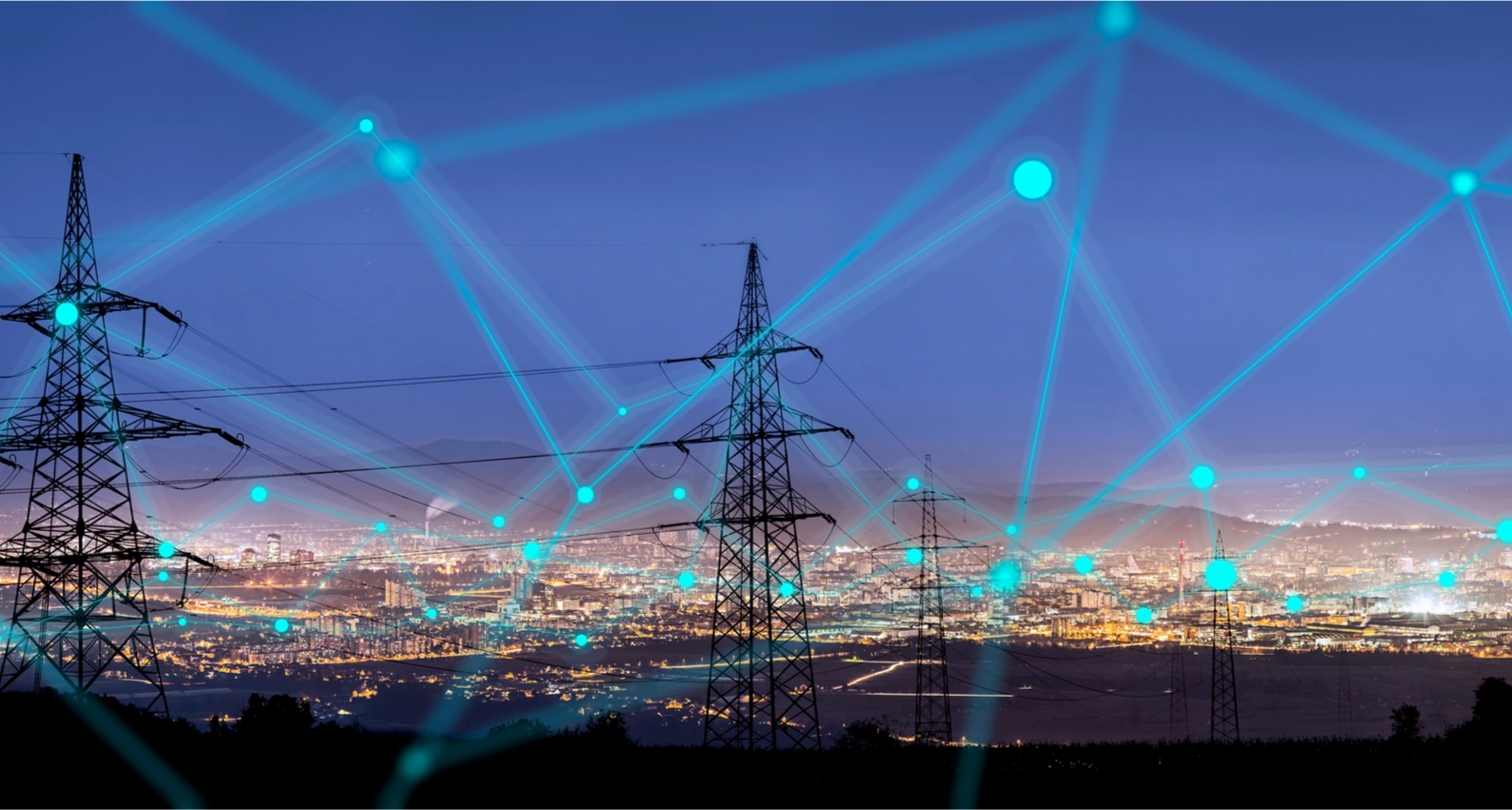Privatization of India’s Power Sector – A New Opportunity
Published on 16 Oct, 2020

The Indian government recently proposed the Electricity (Amendment) Bill 2020, which could help re-energize the country’s power sector and attract foreign investment. The advent of the pandemic worsened the situation for a beleaguered industry already battling operational and financial inefficiencies. The reforms proposed could well be the solution to revive the sector. The bill proposing privatization of electricity distribution is currently with state governments for approval. If passed, it will open the doors to this sector for private domestic players as well as international entities seeking to explore its potential.
With a view to privatize power distribution in India, the central government circulated the Electricity (Amendment) Bill 2020. The bill proposes to strengthen the power distribution aspect by allowing participation of private and international players. While all the three segments of the power sector – generation, transmission, and distribution – are essential, distribution companies (discoms) are perceived to be the critical link in this value chain. Currently, this segment is dominated by state discoms, with little to no private participation. The government hopes to soon unveil the much-awaited Atal Distribution Transformation Yojana (ADITYA). This would mark a huge step toward incentivizing states to involve the private sector in improving the efficiency of their discoms. While the state governments are yet to approve the bill, it would be a huge opportunity for private as well as international players to enter the Indian power sector.
Most developed countries have privatized their electricity distribution businesses to enhance efficiency. Several have established regulators for the sector to protect the interests of consumers and act as legal and enforcement bodies to ensure a balance between private-sector participation and government control. India could follow this model to revive its power sector.
Impact of COVID-19
With the arrival of the pandemic and the subsequent lockdowns, India’s power distribution sector has been pushed into turbulence. It is dealing with liquidity issues caused by limited cash flows, unpaid dues for generators, uncertainty in revenue forecasts and the still prevailing low demand for power.
Power generation, transmission and distribution services are public utilities classified as essential services, which ensures their uninterrupted operation during the lockdown. However, the closure of several industrial and commercial units impacted the demand for power, which resulted in low industry revenue over the past few months.
Discoms faced other challenges including shortfall in revenue collection from higher tariff commercial and industrial (C&I) consumers, higher aggregates, technical and commercial losses, and an increase in the number of subsidized consumers paying lower tariff. Most discoms continue with the traditional practice of manual metering and billing, which requires them to deploy people on the field. During the lockdown, when movement was highly restricted, manual meter readings were abandoned. Revenue collection thus proved to be a problem. Also, shortage of household cash reserves exacerbated the problem of revenue collection from residential consumers.
The Ministry of Power announced a liquidity support package of USD 12.31 bn for discoms. It even reduced late-payment penalties levied on generating companies and transmission licensees for unpaid dues. However, continued illiquidity affected overall capacity addition plans in the sector.
Advantages of Privatization
The private sector has been perceived to be more efficient and productive than the public sector. Though the main motive is profit, the private sector incentivizes all quality output. Some key advantages to be gained from privatizing India’s power sector are mentioned here.
- Implementation delays – Power projects in the public sector face delayed implementation due to complex, intensive paperwork. The private sector would expediate the entire process.
- Technological advancements – Private-sector companies will invest in technology to create the best processes. This could bring about optimal solutions and cost-effective measures.
- Increased investment – With the entry of foreign participants, the economy stands to benefit greatly from foreign direct investment (FDI).
- More participation – As there are few companies in the sector, there is a huge power-supply deficit across regions, which could be successfully eliminated with more players.
- Fewer entry barriers – Private-sector participation could lower entry barriers to this segment.
Finally, privatization of power distribution could help reduce the problems of rampant power theft as well as political interference in this sector.
Challenges
There are some hurdles in the route of privatization and the passage of the Bill may not be swift and smooth. State governments have already argued that privatization could foster monopolistic practices by the companies that win the bid. They are largely deterred by the perception that participants would be entirely profit-driven and would forsake all public interest. Without any government control, the sector could face large-scale disruption in the value chain.
Despite the challenges in privatizing the Indian power sector, the positives far outweigh the negatives. The central government could weigh alternatives such as quasi-privatization or the franchisee model to ensure it retains some regulatory control over private participants, thus allaying fears of an out-of-control monopoly.
Power forms a huge segment of India’s overall energy sector but is constantly plagued by issues of poor performance, lack of innovation, and low investment. Some of these problems can be mitigated by the private and public sector facilitating each other in achieving the common goal of ensuring uninterrupted, and streamlined power supply.

